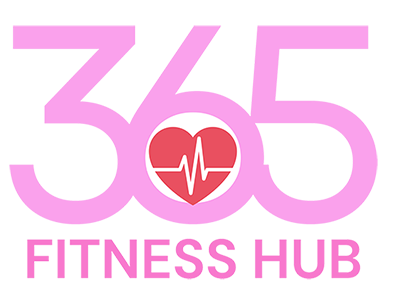Achieving and maintaining fitness is a multifaceted endeavor, particularly for women who must consider unique physiological factors. To help women maximize their fitness routines, here are five essential rules based on current scientific understanding.
- Don’t Work Out Fasted
While the idea of fasted workouts—exercising on an empty stomach—has gained popularity for its potential fat-burning benefits, it may not be the best approach for women.
Why It Matters:
Energy Levels: Working out without eating can lead to low energy levels, making it difficult to perform at your best.
Muscle Preservation: Fasted workouts can lead to muscle breakdown as the body may use muscle protein for energy.
Hormonal Balance: Women’s bodies are particularly sensitive to calorie intake and energy balance. Regularly exercising on an empty stomach can negatively impact hormonal health, potentially disrupting menstrual cycles and affecting long-term health.
Recommendation: Have a small, balanced meal or snack 30-60 minutes before exercising. Opt for a combination of carbohydrates and protein, such as a banana with peanut butter or yogurt with fruit, to fuel your workout effectively.
- Exercise Your Pelvic Floor
Pelvic floor health is crucial for women, especially as they age or after childbirth. Strengthening these muscles can prevent issues such as incontinence and support overall core stability.
Why It Matters:
Prevention of Incontinence: A strong pelvic floor can prevent urinary incontinence, a common issue among women.
Core Stability: The pelvic floor is part of the core muscle group, contributing to overall stability and strength.
Support During Pregnancy and Postpartum: Strengthening these muscles can ease the birthing process and aid postpartum recovery.
Recommendation: Incorporate pelvic floor exercises, such as Kegels, into your routine. Aim to do them several times a week. Also, consider practices like Pilates and yoga, which often emphasize pelvic floor engagement.
- Understand Your Hormones
Hormones play a significant role in women’s fitness, affecting energy levels, muscle growth, and overall performance. Understanding these fluctuations can help tailor workouts for optimal results.
Why It Matters:
Menstrual Cycle Phases: Energy levels and physical capabilities can vary throughout the menstrual cycle due to hormonal changes.
Training Adaptation: Hormonal phases can influence how your body adapts to different types of training.
Recovery Needs: Hormonal shifts can impact recovery times and injury risk.
Recommendation: Track your menstrual cycle and note how you feel during different phases. Adjust your workouts accordingly; for example, focus on high-intensity training during the follicular phase (after menstruation) when energy levels are higher, and opt for lighter, restorative exercises during the luteal phase (before menstruation) when fatigue may set in.
- Strength Train at the Right Time
Strength training is vital for women’s health, aiding in muscle preservation, bone density, and metabolic health. Timing your strength workouts can enhance these benefits.
Why It Matters:
Hormonal Peaks: Testosterone levels, which aid muscle growth, peak in the late afternoon and early evening.
Body Temperature: Muscles are warmer and more flexible later in the day, reducing injury risk and improving performance.
Recommendation: Schedule strength training sessions in the afternoon or early evening when your body is primed for peak performance. If morning workouts are more convenient, ensure a thorough warm-up to prepare your muscles and joints.
- Track Your Menstrual Cycle
Understanding and tracking your menstrual cycle is crucial for optimizing workouts and overall health.
Why It Matters:
Personalized Training: Knowing your cycle allows you to tailor workouts to align with your body’s natural rhythms.
Symptom Management: Tracking can help manage symptoms like cramps or fatigue by adjusting the intensity and type of exercise.
Health Monitoring: Changes in your cycle can be an indicator of overall health and fitness levels, alerting you to potential issues.
Recommendation: Use a menstrual cycle tracking app to monitor your cycle phases and related symptoms. Adjust your fitness routine based on these insights, ensuring you get the most out of each workout while respecting your body’s needs.
Conclusion
Incorporating these fitness rules into your routine can help you optimize your workouts and overall health. By not working out fasted, exercising your pelvic floor, understanding your hormones, strength training at the right time, and tracking your menstrual cycle, you can tailor your fitness approach to better suit your body’s unique needs. This holistic approach ensures that you not only achieve your fitness goals but also maintain long-term health and well-being.

